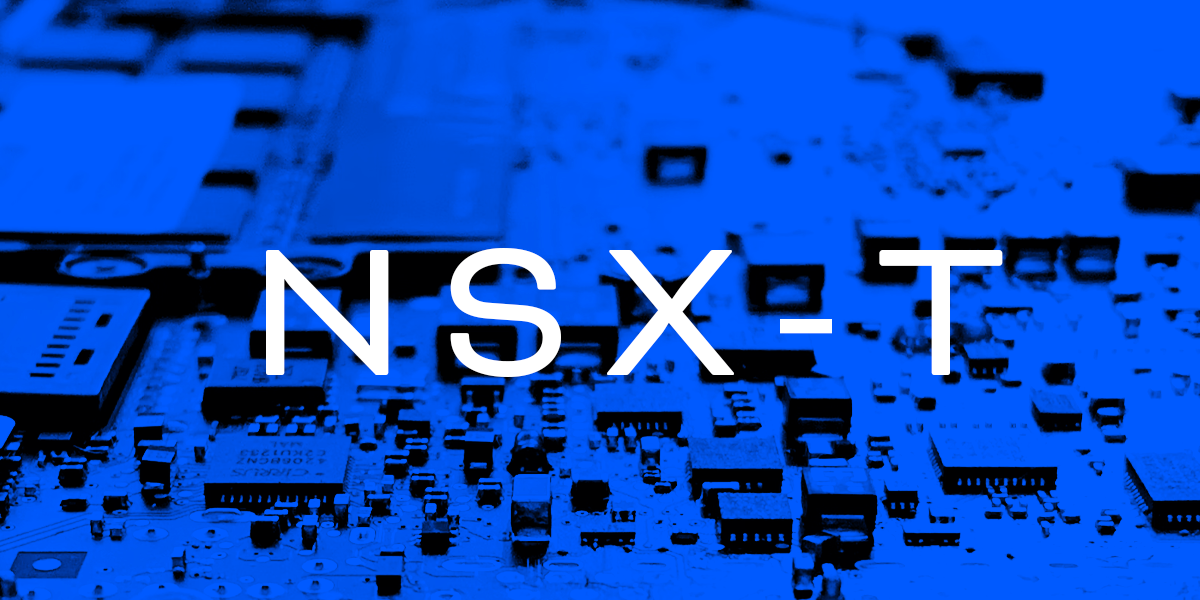What Is NSX-V?
NSX-V is the original version of the software defined networking (SDN) solution that was acquired from a company called Nicira by VMware in 2012.
Now branded as NSX-V Data Center, NSX-V is built around your vSphere infrastructure environments.
Why You Need To Upgrade To NSX-T
NSX-V has been around since 2012 and on January 16th 2022 will reach its end of general support.
That means that if you are still running NSX-V then to keep your infrastructure environment secure, compliant, and up to date, you need to upgrade to NSX-T now.
What Does End Of General Support Mean?
The end of general support for NSX-V means that as of 16th Jan, 2022 there will be no more updates, patches, bug fixes, or any access to technical support from VMware. What does that mean in terms of continuing to run NSX-V?
| What does this mean? | |
|---|---|
| Product updates | There will be no new versions of NSX-V released after the 16 January 2022 date. That means no new features. |
| Security patches | No support means no bug fixes or security patches released after 16 January 2022. That means after this date you could be open to security risks as would be attackers know that any vulnerabilities will not addressed. |
| Operating system updates | As of end of support, any new operating systems becoming available after that date will not support NSX-V meaning you will not be able to upgrade to that new OS. |
| Hardware updates | As with OS updates, any new hardware that launch after the end of support date will not support NSX-V meaning you will be unable to upgrade to these hardware platforms. |
| Access to VMware support | The end of general support means VMware will no longer provide support for NSX-V and therefore you will not be able to log calls should you experience any technical issues. |
What does NSX-T deliver?
NSX-T is the next generation of VMware’s software defined networking solution. Unlike NSX-V, NSX-T is designed for tomorrows environments, meaning that rather than being tied down at the vCenter Server level, NSX-T supports multiple cloud environments, multi-hypervisor environments, bare-metal workloads as well supporting cloud-native applications.
NSX-T supports network virtualization stacks for OpenStack, K8S, KVM, and Docker as well as AWS native workloads.
Get in touch to find out how DES can help your company make the move.






